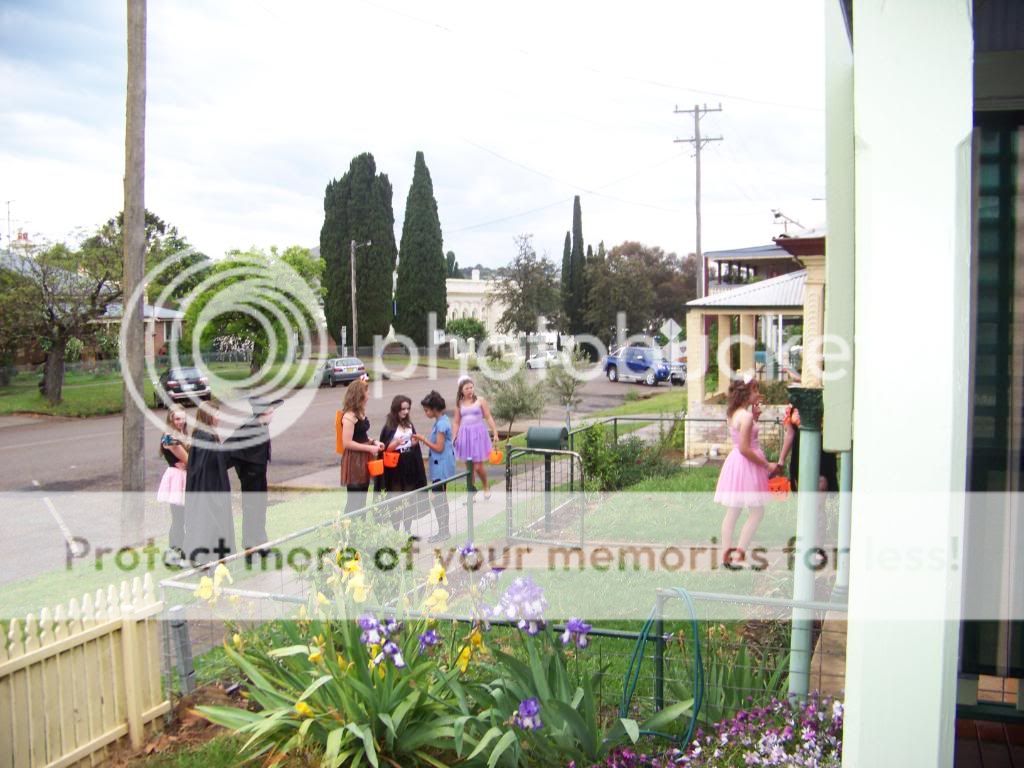Snap-Apple Night by Daniel Maclise showing a Halloween party in Blarney, Ireland, in 1832. The young children on the right bob for apples. A couple in the center play a variant, which involves retrieving an apple hanging from a string. The couples at left play divination games.The festival of Samhain celebrates the end of the "lighter half" of the year and beginning of the "darker half", and is sometimes regarded as the "Celtic New Year".
The ancient Celts believed that the border between this world and the Otherworld became thin on Samhain, allowing spirits (both harmless and harmful) to pass through. The family's ancestors were honoured and invited home while harmful spirits were warded off. It is believed that the need to ward off harmful spirits led to the wearing of costumes and masks. Their purpose was to disguise oneself as a harmful spirit and thus avoid harm. In Scotland the spirits were impersonated by young men dressed in white with masked, veiled or blackened faces.
Of course, in the southern hemisphere we are moving from winter into spring but that does not prevent some of our local young ladies from joining the fun of 'Trick or Treating':
The word Halloween is first attested in the 16th century and represents a Scottish variant of the fuller All-Hallows-Even ("evening"), that is, the night before All Hallows Day. Up through the early 20th Century, the spelling "Hallowe'en" was frequently used, eliding the "v" and shortening the word. Although the phrase All Hallows is found in Old English (ealra hālgena mæssedæg, mass-day of all saints), All-Hallows-Even is itself not attested until 1556.
Of course. we treateed, but Denny-the-Dog was on hand at the front door as our 'Trick'! LOL!






6 comments:
as usual....I have popped in for my daily lesson very interesting
Yes! The Welsh have a lot to answer for - Calan Gaeaf is the name of the first day of winter in Wales, observed on 1 November. The night before is Nos Calan Gaeaf, an Ysbrydnos when spirits are abroad. People avoid churchyards, stiles, and crossroads, since spirits are thought to gather there.
You are one 'informed' man John! You would have made a great history/geography teacher. Thanks.
Jim
Trivia, Jim, mere trivia! At my club a few characters refer to me (out of the side of their mouths, or, even behind my back) as "The tree of knowledge"! Merely a lifetime spent paying attention to useless pieces of information! LOL!
A spermologer is a collector of trivia I believe....
Ah! Ha! - then that would be me - a spermologist! LOL!
Post a Comment